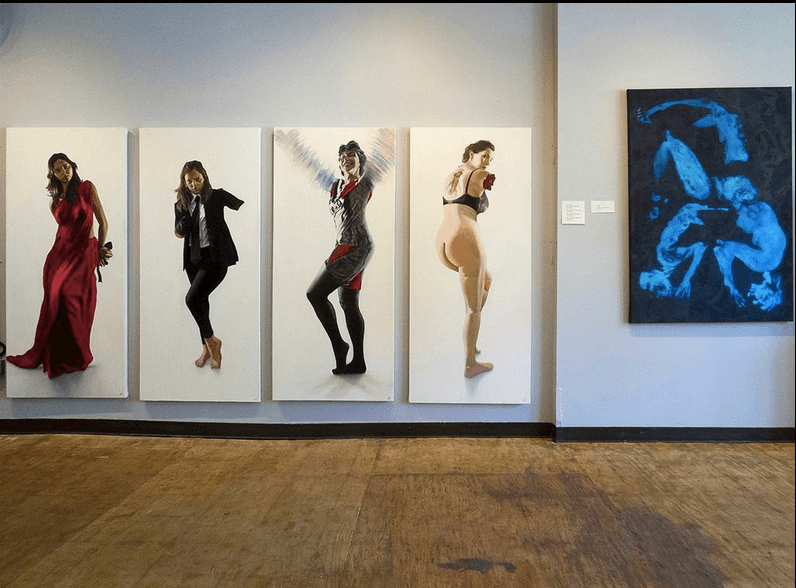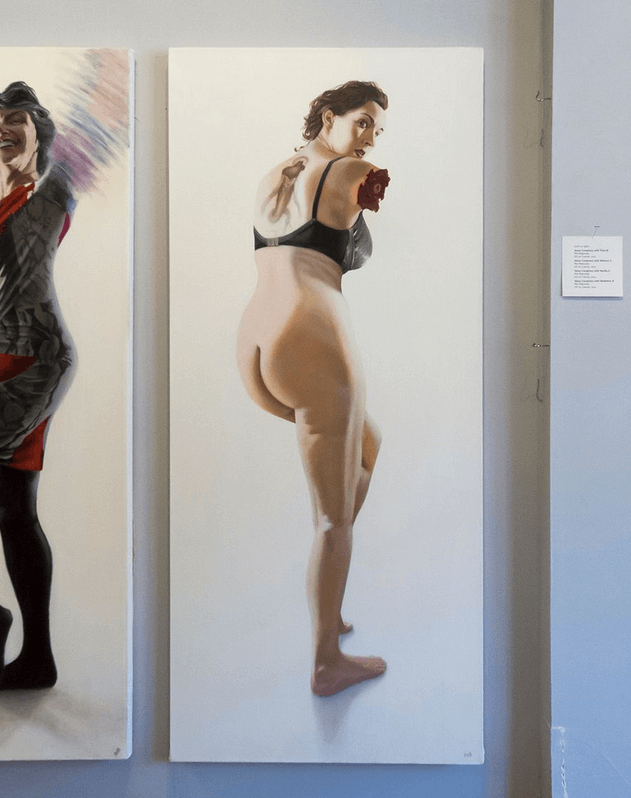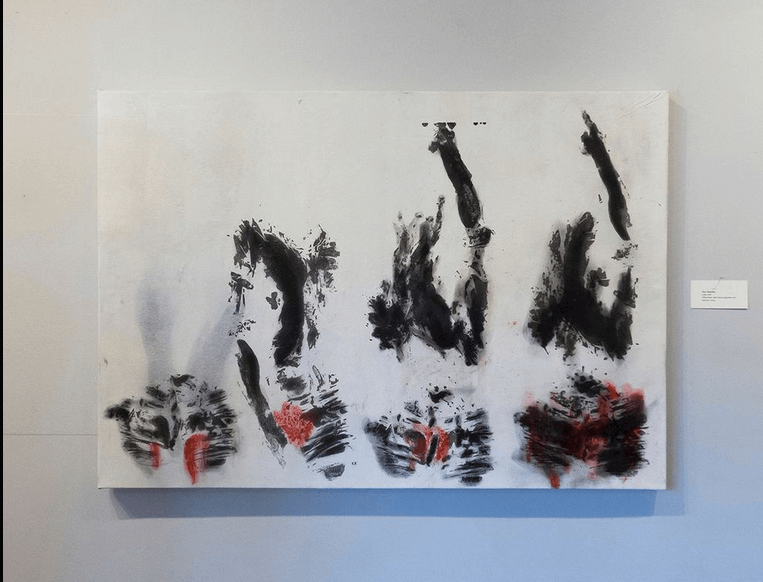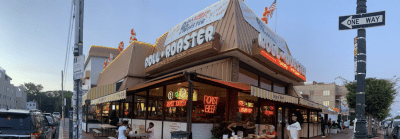Shoestring Press Reimagines The Artist-Model Relationship


courtesy Lane Sell
When people talk about the gallery scene in Brooklyn, they’re usually referring to the Williamsburg-Greenpoint-Bushwick belt. But for the last year, a printmaking studio, class space, and gallery that has been quietly putting out interesting work for the public to absorb. Shoestring Press, tucked into Classon Avenue in Crown Height, is a membership-based arts space, where artists work with silkscreening, woodcuts, etchings, lithography, and other mediums. But there are also what owner Lane Sell calls “sundry other things,” like music performances and film screenings. And for the last month or so, Shoestring Gallery has put on a show called “The Model And Her Artist,” featuring pieces by artist Phil Rabovsky and Sell exploring the relationship between, well, model and artist.
Rabovsky’s portion of the show began as a reimagining of the Venus de Milo. “I was bothered by the fact that I didn’t like it, because it was just a placeholder. It didn’t mean anything to me. So I wondered if I could update it. But I hit a wall, because it brought up so many things about women’s representation, generally.”
So Rabovsky began doing something that artist’s don’t traditionally do: He asked the model’s opinion of how they wanted to be represented. “The chose their own poses and clothing,” Rabovsky explained. “It ran outside my vision.” It also renegotiated the traditional authority structure in art. The results are striking: A series of contemporary women with their arms bound, obscured, or lopped off, each with some say in the way their bodies are represented. The show also includes an interpretation of a woman as David.


Sell’s contribution to the show had the model even more deeply involved in the creation process. He worked with filmmaker Rachel Cole to make body prints, making impressions of her form using a water-soluble substance that pigment would attach to. The negotiations between model and artist ranged from everything to positioning her body on the canvas to the color selection.


For both his pieces and Rabovsky’s, Sell noted, “permission is an important word. It’s permission to look and to touch, but also figuring out a way for male artists to represent the female body.”
Both will continue to explore the issue in their work. “I was worried that it would come off like we solved these problems,” Rabovsky said. “But of course not. These are more like a series of notes, a first attempt in a direction that makes me feel excited about the work.”
You might also like 




















